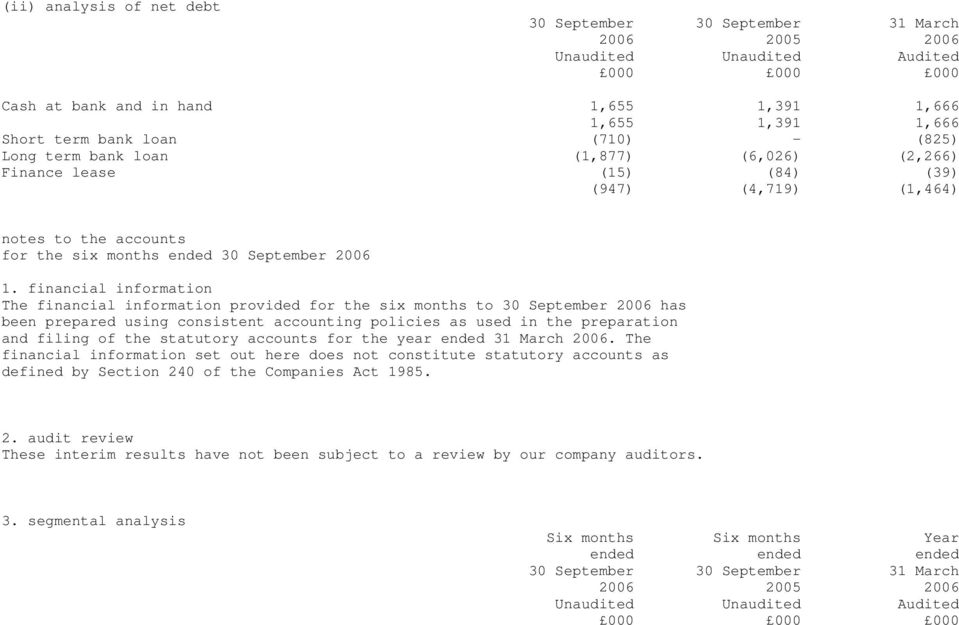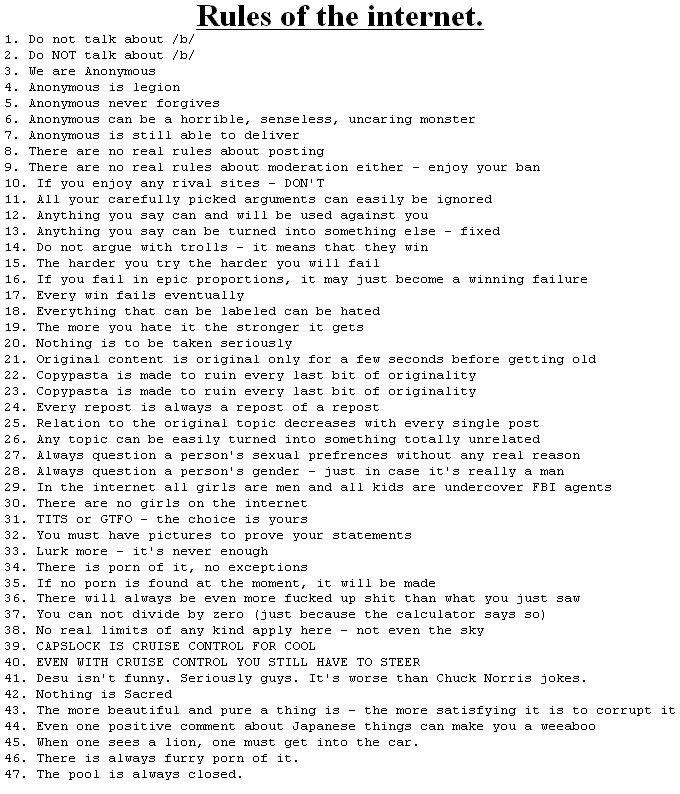
When you take an owner’s draw, no taxes are taken out at the time of the draw. However, since the draw is considered taxable income, you’ll have to pay your own federal, state, Social Security, and Medicare taxes when you file your individual tax return. The tax rate for Social Security and Medicare taxes is effectively 15.3%. After reading this, you’ll understand the top things to consider when deciding whether an owner’s draw or salary is the better option for how to pay yourself as a business owner.
Furthermore, each partner includes his share of income in his personal income tax return. Also, as a business owner, you pay taxes from the owner’s draw as in the case of a sole proprietor or partner. The legal structure of your business can impact your ability to take an owner’s draw.
Why Does Business Entity Type Matter?
However, if the earnings are less, you need to have a clear understanding of your priorities in personal life and in business. Do consider other expenses like phone bills, cable TV, dining expenses, etc. Accordingly, if you have a good amount of earnings, you can pay yourself well. Then, you can work out the variable expenses that are necessary for living and that change each month. You need to think about your payroll schedule if you are the only one who is running the entire show. Accordingly, you are also not subject to pay any self-employment taxes.
- With an owner’s draw, you decide how much to pay yourself, when, and why.
- You can use several factors when determining a reasonable salary for your position, such as your level of experience and your responsibilities.
- Keep in mind that if you’re an S-corporation owner, you may also have to report pass-through profits on your tax return in addition to the salary you receive from the corporation.
- Small businesses often use the S corp structure because it allows them to avoid double taxation.
- For tax purposes, a C Corporation (C Corp) is taxed separately from any owners or shareholders.
- With so much data to process, succeeding in doing proper accounting will take you a thousand years (meaning you’ll most likely fail to do it in the long run).
If you draw excessive amounts, the IRS may consider your business an unprofitable hobby and not allow for standard business deductions, which can cost you. You should always have a clear view of how your business is performing and how much business equity you have. Laws around forming an LLC vary from state to state, so check with your state first to ensure you file your LLC properly. Susan Guillory is an intuitive business coach and content magic maker.
How to Pay Yourself from a Limited Liability Company (LLC)?
Further, being paid on salary from your business will make it easier for you to keep track of your business expenses as salaries are normally paid on a fixed schedule. Any personal draw out will decrease your cash assets because you are taking capital out. You don’t want to risk insolvency, so be sure to take only what is essential. An accountant will help you understand how much you can take from the business and meet investment goals. IRS regulations are very clear on how to calculate tax basis for S Corp owners. An owner needs to calculate their adjusted basis, by starting with the value of their initial investment.
- This is unlike the case of an employee who is paid a salary via a payroll service that deducts employment taxes automatically.
- Thus, you can pay for your expenses once the funds are deposited into your account.
- However, if you have a multi-member LLC, you can elect to be taxed as an S corp, which means you would pay yourself a salary.
By carefully considering the advantages and disadvantages of each option, S-Corporation owners can make informed decisions that support the long-term success of their business. Furthermore, the distributions are expenses deducted from corporate earnings. Thus, as a business owner, you need to pay taxes on such earnings via your income tax return. The way you pay yourself as a business owner depends upon the type of business structure you choose. Likewise, you distribute profits or losses based on the percentage mentioned in your partnership agreement if you run a partnership firm. In the business world, the term owners draw is linked to Sole Proprietors, Partnerships, and LLCs structured as a single-member or partnership.
Payroll software
First, let’s take a look at the difference between a salary and an owner’s draw. As you pay yourself, there are a few mistakes that can complicate your Owners draw vs salary life that you want to avoid. These mistakes include mixing personal and business finances, not budgeting for taxes, and paying yourself inconsistently.

To do this, debit (increase) the owners draw account and credit (decrease) the cash account. At the end of the year subtract the total of the owner draw account from owner’s equity account. Owner’s draws are funds transfers, not personal income or wages, which means they’re not taxed as such. LLCs are pass-through entities, meaning the business’s taxable income is allocated directly to owners to pay on their tax returns. An owner’s draw is a term used in small businesses to describe when a business owner takes money out of the company’s funds for personal use. A shareholder distribution is a payment from the S corp’s earnings taxed at the shareholder level.
Small business financing tools
Remember, if you are a multi-member LLC, you would distribute the profits (or owner’s draw) amongst each member based on the percentages mentioned in the operating agreement. In the case of an LLC or a corporation, the owner’s equity may be termed as shareholders’ equity or stockholders’ equity. Likewise, some countries taxation system recognises partnerships similar to sole proprietorships. This means that the earnings generated via partnerships are treated as personal income. If your business is not profitable yet, then it might be unwise to pay yourself the sizable owner’s paycheck. Before dipping into your cash flow, account for your business needs first, such as investing, marketing, and estimated taxes.
The tax implications of the owner’s draw and salary differ, so S corporations must allocate profits to owners properly. Compensation is subject to payroll taxes, including Social Security and Medicare. The employer is also responsible for paying a matching amount of these taxes on behalf of the employee. The Social Security tax rate is 6.2% on wages up to $142,800, and the Medicare tax rate is 1.45% on all wages.

There are various factors that you should consider while deciding how to pay yourself. An Owner’s Draw is the amount of money that a sole-owner or a co-owner takes out from a Sole Proprietorship, Partnership, or Limited Liability Company for personal use. The members of LLC receive distributions from the company’s earnings. These distributions are based on the amount of investment made by each member of the company as well as the terms and conditions laid down in the company’s operating agreement. Accordingly, you will be considered as an employee of your single-member LLC and may have to pay yourself a salary in place of a draw.
If you contributed assets to your business, you have equity invested there unless your business is going under and your liabilities outweigh your equity. If you own equity in your business, you can take money out of the business as the owner. The company must file form 1120 S and distribute schedule K-1 to owners. The schedule will include the profit or loss allocation allocated to each owner. Just keep in mind that draws can limit the amount of cash you have available for growing your business and paying the bills. Therefore, as the owner of an LLC, you need to go through laws before considering the owner’s draw and its taxation.

If you pay yourself a fixed salary, you’re considered an employee of the business, and your taxes are automatically withheld from your paychecks. If you choose to take a salary, consult with your bookkeeper to ensure it is in line with reasonable compensation for your industry and position. No matter if you choose a draw or salary–or a combination of both– ensure that you pay yourself fairly and what your business can afford. Do you want to account for income tax yourself or have it already taken out? If you elect to take a draw, you will need to set aside money yourself to pay self-employment tax. Many owners pay estimated tax quarterly to avoid penalties come tax season.
Since owner draws are discretionary, you’ll have the flexibility to take out more or fewer funds based on how the business is doing. If you’re an owner who’s actively involved in managing your S corp, you’re considered an employee of the company and you’ll pay yourself a W-2 salary. You can still draw from the business account and receive shareholder distributions, but neither of these should replace an actual salary.
What Is the Difference Between an Owner Draw vs Distribution?
However, if you have a multi-member LLC, you can elect to be taxed as an S corp, which means you would pay yourself a salary. Your business structure helps you determine how you should pay yourself. The IRS sets rules for which payment methods can be used for each business entity. Three factors to be aware of are your business entity or structure, your owner’s equity, and tax implications. Also, you can deduct your pay from business profits as an expense, which lowers your tax burden.
Russia-Ukraine war updates: Moscow says it destroyed drone over Belgorod – Al Jazeera English
Russia-Ukraine war updates: Moscow says it destroyed drone over Belgorod.
Posted: Sun, 13 Aug 2023 07:00:00 GMT [source]
Plus, if you are the sole proprietor, taking a draw is the only way to provide yourself with an income from your business. To determine reasonable compensation, S corporations should consult with a tax professional or use industry benchmarks to ensure they pay their owners a fair salary. S corporations must follow certain tax laws and regulations when allocating profits to owners. One of the primary considerations is the requirement to pay “reasonable compensation” to owners who also work in the business. The largest advantage to having an S corporation is the self-employment tax savings.
